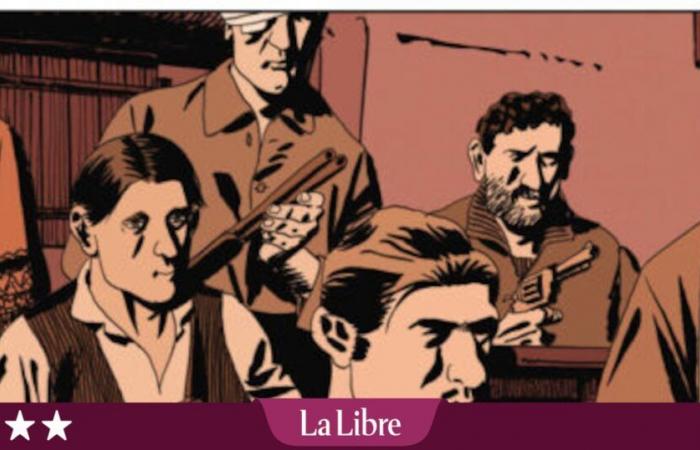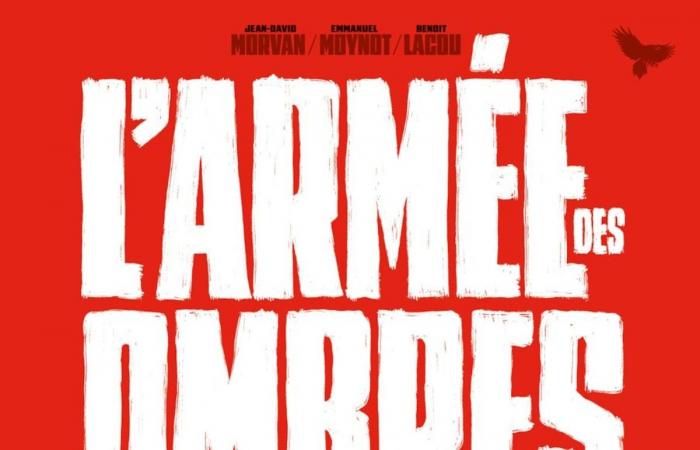Eighty years after its publication, screenwriter Jean-David Morvan dared to tackle the comic book adaptation of this phenomenon. “I saw the film when I was a teenager. I then read the novel. A book that had an impact on me and which still has an impact on me and which I picked up again a few long years later, before going to see Madeleine Riffaud for the first time at her home before starting the series Madeleine, resistant (3 volumes published by Dupuis) with Bertail (Madeleine Riffaud died on November 6, a few days after this interview, Editor’s note). I wanted to read at least one recognized book on the resistance and by the resistance to come up with some precise bases.”
Madeleine's shadow
It's not easy to transcribe this novel into a comic strip, already marked by a very powerful film adaptation. “The fact of having met and having spent whole days listening to Madeleine gave me another perspective on this universe. As I reread the book to adapt it, I understood a lot of things. Notably, in 1943 Joseph Kessel wrote this book to bring together the resistance. He talks about all the networks. He is in fact trying to synthesize this movement which is multiple and terribly secret. He mentions the communists of whom he speaks highly. He also speaks of all tendencies, of all obediences of Christians. We feel that he wants to unite all these movements. It's a very well-researched novel but it's a very interior story. There is no action apart from a few attacks against the Germans and of course the escape planned by Mathilde of a resistance fighter who is going to be shot. The book is very interested in motivating people.”
In the current edition, the work ends with a substantial historical file in which we discover in particular that the novel by Joseph Kessel is a work commissioned from him by General de Gaulle. “It's something that little is known about. But it's entirely true. Kessel, who was a journalist, told him one day that he had interviewed a series of resistance fighters.”
Tardi revisits 1914 -1918
We also needed, in this comic book adaptation, an artist who was capable of transcribing in drawing, these emotions, these attitudes, these fears, these doubts and these very small moments of happiness. It's Emmanuel Moynot who sticks to it with a line that is as accurate as it is expressive. The designer, far from being a novice, knows how to follow in the footsteps of a screenwriter while maintaining his creative freedom. Here too, it could be complicated to imagine a casting without getting burned by the images of Jean-Pierre Melville's film. “Like everyone else, I have seen this film several times. But with Jean-David, we immersed ourselves in the novel, in Kessel's words. This is where I started from to create my characters. As usual, when I think I have mastered my characters, I realize that they are the ones who ultimately impose a lot of things on me. These characters came naturally. Kessel's words are enough to understand them.”
“The Army of Shadows maintains absolute modernity. This novel has its roots deep in the reality of what France experienced under Nazism. Today, other resistance movements exist across the world. The driving force behind the women and men who embark on these movements remains quite similar. It is the thirst for freedom, the fight for essential values. It's still relevant.”concludes Jean-David Morvan, who has perfectly succeeded in this rereading of Kessel's major work.
⇒ The Army of Shadows | Jean-David Morvan and Emmanuel Moynot | Phyléas, 128 pp., $22.90







